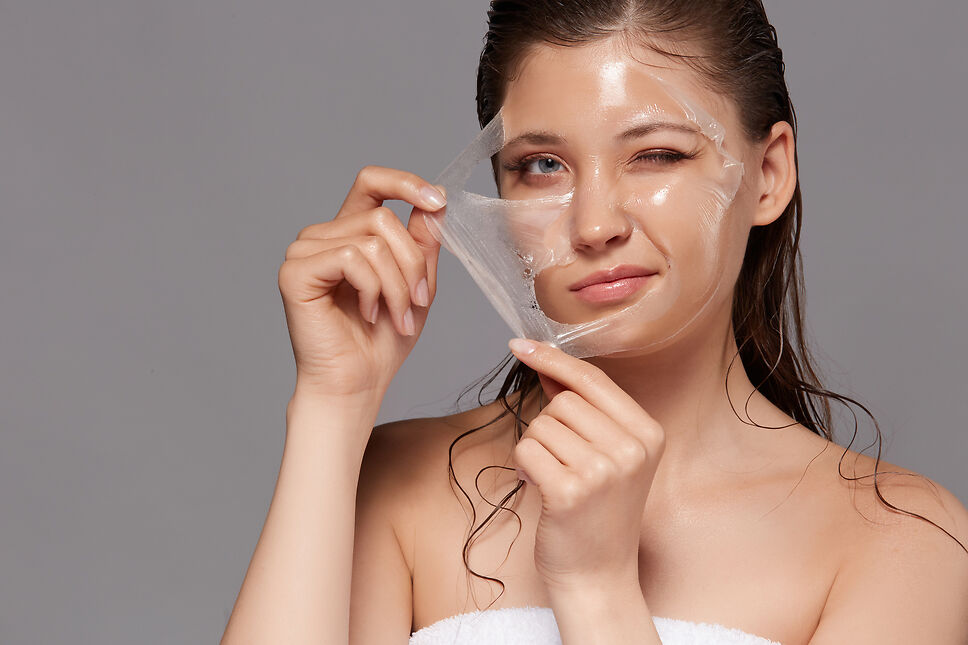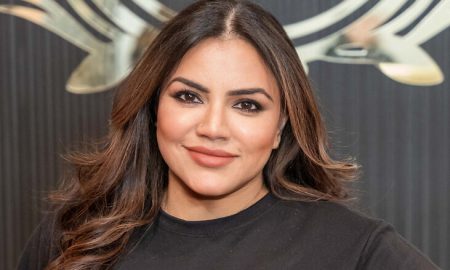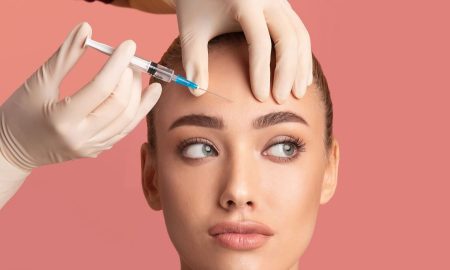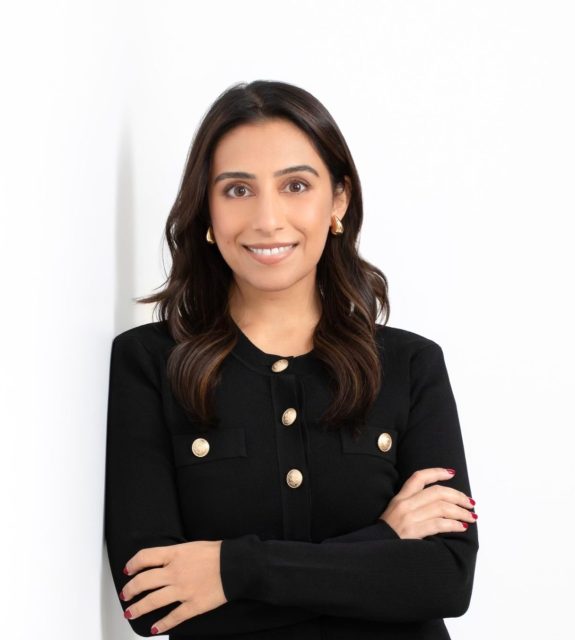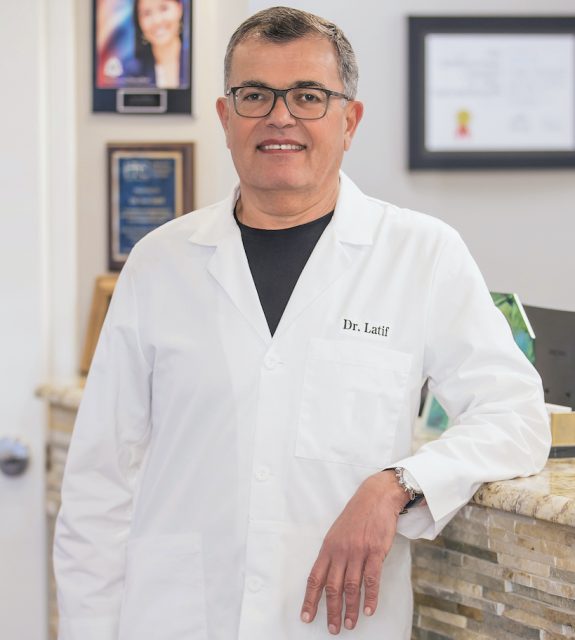 Photo Credit: Shutterstock
Photo Credit: Shutterstock
Dr. Karan Chopra was guided and advised by visionaries of the field with hands-on experience at the esteemed Johns Hopkins Hospital in Baltimore, MD. There he honed his skills in complex facial and orbital reconstructive surgery at the R Adams Cowley Shock Trauma Center; completing a dual aesthetic and oculoplastic fellowship with Dr. Mark Codner; and subsequently trained in peripheral nerve surgery with Dr. A. Lee Dellon. At the forefront of advancing cosmetic surgery, his revolutionary techniques and artful hand yield natural-looking results unique to each of his patients. Recognized for his prominent education and training pedigree, Dr. Chopra is revered for his leadership and research in Plastic and Reconstructive Surgery. He has authored 53 peer-reviewed research articles and has given over 20 lectures across the U.S.
Breasts are a defining feature of femininity that is deeply tied to a woman’s self-confidence. When a breast cancer diagnosis requires a mastectomy, many women struggle with a deep sense of grief.
Dr. Chopra understands his patients’ experience psychological and physical distress from breast removal. As a John Hopkins trained surgeon, he is committed to helping bring resolve to a patient’s experience as a survivor through breast reconstruction. His work is featured and published in several peer-reviewed medical journals covering aesthetics within reconstructive surgery.
There are two standard models of care in Reconstructive Breast Surgery, Autologous or Implant-based procedures, each with their own set of benefits and risks. Patients work closely with their care team to find a best-fit approach but may still face many challenges that may not surface until recovery. However, Dr. Chopra shares an exciting, emerging technology that shows significant promise in evolving Breast Reconstructive surgery that reduces many of the common risks associated with reconstructive surgery complexity.
When Breast Reconstructive surgery became possible in the 1960s with the development of silicone implants, the pioneering method included removing skin, fat, glands, and nipples. Today, we know that surgeons can save nipples in some instances, a technique known as nipple-sparing. As with any surgery, no matter how skilled the surgeon, the partial under/over pectoral (submuscular) placement and older model implants could cause capsular contraction. This condition can cause patients pain and stiffness that could lead to implant removal. These challenges have given way to many improvements, and as time has progressed, implant material modernized, and surgeons favored placing implants entirely under the muscle. Through patient experiences, surgeons have learned that whether implants were placed over, under, or partial to the pectoral muscle; there are still many challenges derived from the lack of foundational support that grounds implants in place.
Fortunately, plastic surgeons are driven by ingenuity in aesthetic enhancements to achieve patient satisfaction. The pursuit of perfection led Dr. Karan Chopra to explore the novel use of acellular dermal matrix (ADMs) with pre-pectoral (partial) submuscular placement in Reconstruction Breast surgery. An ADM is a soft tissue matrix that works as a scaffold to anchor the implant and provide soft tissue support. Dr. Chopra emphasizes that these devices help patients’ cells repopulate and revascularize the implanted tissue. One particular point of interest in this technique is the resurgence of submuscular placement in implant application. While it was once considered a dated approach, it can create a realistic projection and mimic natural breasts’ contour when coupled with an ADM device.
In addition to the utility of an ADM device, Dr. Chopra favors adding a layer of lipo grafted fat to add a soft-touch look and feel. He shares, “Fat Grafting has become incredibly important in Reconstructive work because fat is rich in adipose-derived stem cells (ASC), which can greatly improve the quality of skin damaged during radiation.” Also, a layer of fat is injected under the implant at the submuscular level, as it plays a vital role in building foundational support. Many times, complications occur in reconstructive breast surgery due to the lack of healthy tissue or flaps. Dr. Chopra uses a Laser angiography instrument during surgery to assess the mastectomy skin flaps’ viability, ensuring supportive, healthy tissue is in place. Overall, ADMs and ASCs are new tools providing surgeons with the means of delivering high-quality vascularized soft tissue and vastly improving successful patient outcomes.
Dr. Chopra avoids complications and safeguards each procedure with PREVENA™ Therapy. Through continuous negative pressure, each application withdraws fluid from the incision area, reducing the chance of seroma and post-operative infections. This encourages quick recovery and patient discharge and minimizes risk while in our care.
“These new and exciting techniques are made possible by incremental advancements in surgical technique coupled with emerging biomedical technology,” says Dr. Chopra, who is using this new method with increasing frequency and seeing patient improvements in the following ways…
● Reduction in animation deformity
● Reduction in capsular contraction
● Improvement in pain
● Need for less anesthesia
● Improved skin quality
● Faster patient recovery
SCHEDULE AN EXPERT VIRTUAL CONSULTATION
Dr. Chopra believes Breast Reconstructive surgery can empower his patients to begin emotional healing and reclaim their bodies. Through his extended ENVISIONS consultation, you will discuss history, goals and assess the region with a friendly and caring team. Contact Dr. Chopra and his team today to begin your healing journey through Breast Reconstruction.
If you’re interested in seeing Dr. Karan Chopra as a patient, contact him directly at Gryskiewicz Twin Cities Cosmetic Surgery in Burnsville, MN at 952-435-0177 or by email at Info@TCPlasticSurgery.com. Follow Dr. Chopra on Instagram @karanchopramd
For more information, visit Dr. Brian A. Levine's social media:





